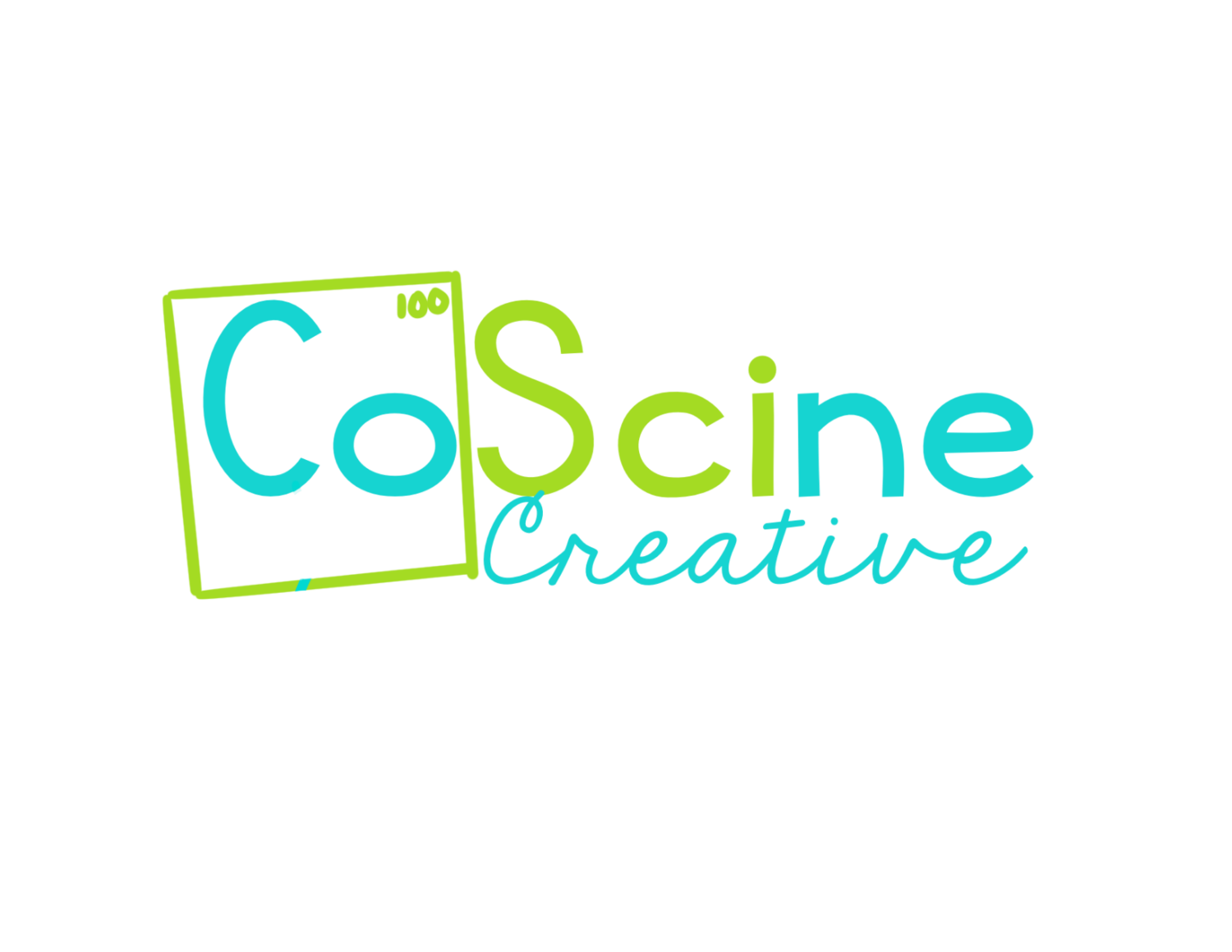An Overview of Atom's First Chemistry
They said, “You have a science background, right? We need you to teach chemistry.”. Then they handed you a textbook, curriculum, or nothing and expected you to know what to do with no training. But you are a superstar, so you taught it.
Then, you came across some person who asked you how you taught or how you felt about atoms first versus traditional chemistry. And you sidetracked the question until you could get on Google and stumble on this article.
So what in the world is atoms first chemistry?
It Starts Similar to Traditional
Both the traditional and atoms first approach to teaching chemistry begin by teaching some form of measurement, SI units, classification of matter, and significant figures depending on state standards. The last thing taught with both approaches is elements and atoms. Usually, some discussion of protons, neutrons, and electrons happens.
Diverges after Protons, Neutrons, and Electrons
The atoms first approach suggests that since we are talking about protons, neutrons, and electrons, why not take this opportunity to dive into the secret, hidden structure of the atom?
Depending on your state standards this may include Lewis dot structures, beta decay, alpha decay, and other nuclear chemistry topics.
It may also include quantum numbers and electron configuration.
After the Atom Comes the Periodic Table
After covering the miniscule details of the behavior of the electrons, the atoms first approach goes on to teach the layout of the periodic table, ion formation, naming chemical compounds, writing chemical formulas, balancing chemical equations, and so on.
It boils down to tackling the unseen, deep chemistry earlier rather than later.
Atoms Come First
So, atoms come first in the atoms first approach. The point is to teach the minute intricacies of the atom before you teach the periodic table.
In short, you dive deep into chemistry going all the way into the intricacies of the atom before going back to basic surface level topics like the periodic table and how elements combine. After that, the topics just keep building like traditional chemistry.
My question to you is, “Is it more important for your high school educated student to go into the workforce knowing how to write an electron configuration or to know what solvents would work best to get a stain out of their shirt?”
If you live in the United States, you’ll enjoy the second part of this article, “ 4 Reasons I Don’t Teach the Atoms First Approach.”





